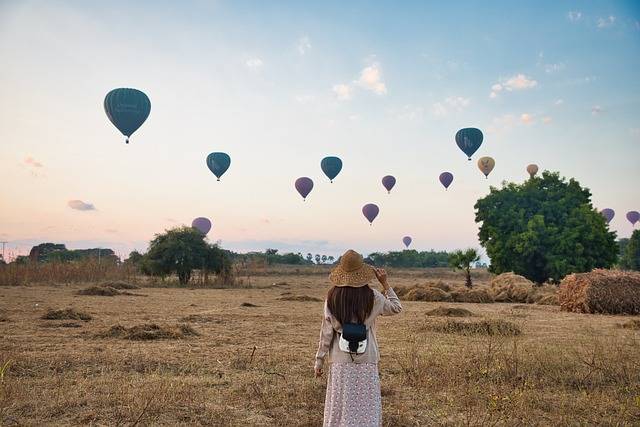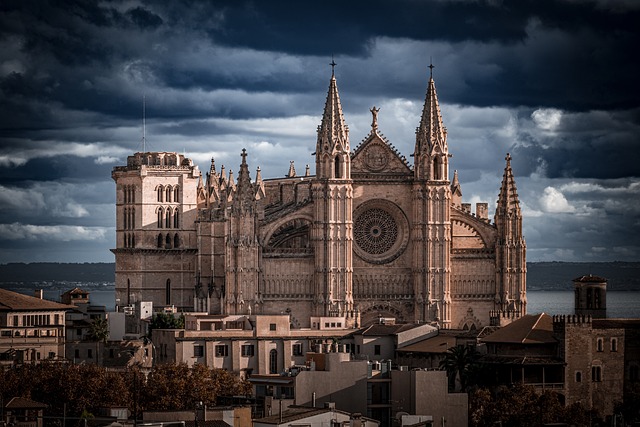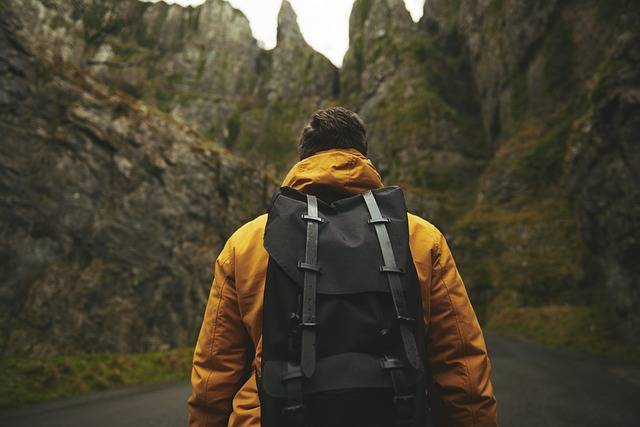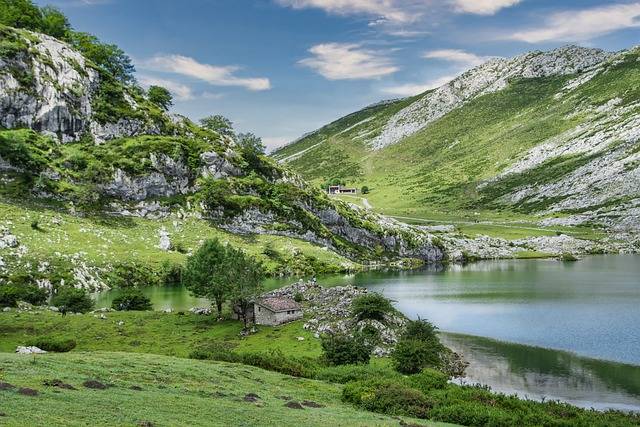The Allure of Nomadic Festivals: Celebrating Music, Dance, and Cultural Heritage at Remote Festival Locations
12Bet, Betstarexchange: Nomadic festivals are rich tapestries of tradition, community, and celebration. These vibrant events bring together people from diverse backgrounds, uniting them in a shared experience of music, dance, and culture. One key element of nomadic festivals is the emphasis on oral storytelling, passing down myths, legends, and histories from generation to generation.
Another essential component of nomadic festivals is the connection to nature and the environment. Many of these festivals are held outdoors, surrounded by stunning landscapes that inspire a deep reverence for the natural world. Participants often engage in rituals that honor the earth, showing gratitude for its abundance and seeking blessings for a bountiful harvest. Through these rituals, attendees forge a profound connection to the land and its resources, fostering a sense of stewardship and respect for the environment.
Exploring Unique Cultural Experiences
When attending a nomadic festival, visitors are immersed in a world where traditions and customs have been preserved for generations. The unique cultural experiences on offer allow guests to connect with the history and stories of the community, fostering a deep appreciation for their way of life. From traditional rituals to handicraft demonstrations, every aspect of these festivals showcases the rich cultural heritage of the nomadic tribes.
One of the most captivating aspects of experiencing a nomadic festival is witnessing the local music and dance performances that are intrinsic to the community’s identity. The rhythmic beats of drums, the haunting melodies of traditional instruments, and the graceful movements of dancers all come together to create a mesmerizing spectacle that transports visitors to a different time and place. Through music and dance, the soul of the nomadic culture is expressed, inviting participants to join in the celebration and revel in the shared human experience.
The Impact of Music and Dance on Festivals
Music and dance play a crucial role in shaping the atmosphere and overall experience of festivals around the world. The rhythmic beats and melodies have the power to bring people together, creating a sense of unity and celebration. Whether it’s the lively tunes of a traditional folk band or the pulsating rhythm of a contemporary DJ set, music has the ability to uplift spirits and ignite a sense of joy among festival-goers.
Furthermore, dance serves as a form of expression, allowing individuals to connect with their emotions and let loose in a communal setting. From intricate cultural dances to free-spirited movements, the art of dance adds another layer of vibrancy to festivals, encouraging attendees to fully immerse themselves in the moment. The combination of music and dance not only entertains, but also serves as a form of cultural preservation, as traditional songs and dances are passed down through generations at these festive gatherings.
Music and dance bring people together, creating unity and celebration
Different types of music uplift spirits and ignite joy among festival-goers
Dance serves as a form of expression, allowing individuals to connect with their emotions
The art of dance adds vibrancy to festivals, encouraging full immersion in the moment
Music and dance at festivals also serve as a form of cultural preservation
How do music and dance contribute to the overall experience of festivals?
Music and dance bring energy, entertainment, and cultural significance to festivals, creating a unique atmosphere and enhancing the overall experience for attendees.
What role do traditional dances play in nomadic festivals?
Traditional dances are a key element of nomadic festivals, serving as a way to preserve and showcase cultural heritage, pass down traditions, and create a sense of community among attendees.
How does music impact the mood of a festival?
Music sets the tone for a festival, influencing the mood and atmosphere by creating excitement, joy, relaxation, or any other desired emotion based on the genre and style of music being played.
Can music and dance help to promote cultural exchange at festivals?
Yes, music and dance serve as universal languages that can transcend cultural barriers and facilitate communication and understanding among attendees from different backgrounds, promoting cultural exchange and appreciation.





